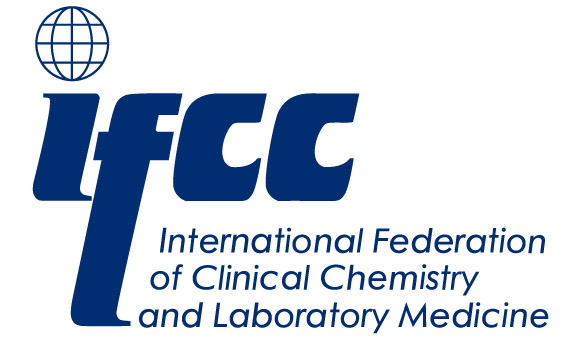Especially in light of these incidence figures, healthcare providers need to screen populations at-risk, recognize signs and symptoms of disease, and provide timely treatment. For example, the U.S. Preventive Services Task Force recommends syphilis screening every 3 months for persons who are at increased risk for infection, including HIV-positive men and men who have sex with men. This rising tide of new cases and frequent screening for at-risk populations definitely will culminate in increased testing demands, and laboratories should expect to see more specimens for screening.
Direct Versus Serologic Methods
Syphilis can be diagnosed using direct detection (dark field microscopy, direct fluorescence assay, or polymerase chain reaction) or serologic methods. Direct methods help detect early stages of the disease, but are rarely used nowadays. T. pallidum cannot be cultured in vitro using standard microbiology media. However, this microorganism elicits in vivo production of both treponemal (IgM, IgG, IgA) and non-treponemal (IgM, IgG, and rapid plasma reagin or RPR) antibodies. Therefore serology testing remains the mainstay of syphilis diagnostics and can be accomplished via three algorithms: traditional, reverse, and European.
Established Algorithms, New Technologies
Both the traditional and reverse algorithms rely on assays that detect non-treponemal and treponemal antibodies. The traditional algorithm involves screening with a non-treponemal antibody assay and confirming reactive samples with a treponemal antibody assay. In contrast, the reverse algorithm calls for screening with a treponemal assay and confirming reactive samples with a non-treponemal antibody assay. This algorithm resolves discordant results (a reactive treponemal and negative non-treponemal) by testing with another treponemal assay. The European algorithm utilizes two different treponemal assays, one for screening and a second for confirmation.
Most laboratories in the U.S. follow the traditional algorithm; however, many high-volume operations have transitioned to the reverse algorithm approach. Several factors prompted this shift, including the high-throughput and laboratory information system connectivity offered by automated testing platforms, as well as the opportunity to reduce manual labor and costs.
In the U.S., almost all non-treponemal assays are manual, including RPR and the Venereal Disease Research Laboratory test, and offered by multiple manufacturers. The exception is Gold Standard Diagnostics’ AIX1000 RPR automated test, which last year received Food and Drug Administration (FDA) clearance. Other automated RPR assays will be available in the near future.
The opposite is true for treponemal assays; just a few are manual, including fluorescent treponemal antibody absorption, T. pallidum hemagglutination assay, and T. pallidum particle agglutination (TP-PA). Many automated treponemal immunoassays are available from multiple manufacturers. Examples include CAPTIA Syphilis-G, Advia Centaur Syphilis, Architect Syphilis TP, Trep-Sure Syphilis Total Antibody EIA, TREP-SURE Anti-Treponema EIA Screen, LIAISON Treponema Assay, Elecsys Syphilis, BioPlex 2200 Syphilis IgG, and BioPlex 2200 Syphilis Total & RPR. Automated TP-PA assays will become available in the future in the U.S.
The most recently FDA-cleared assay for syphilis, the BioPlex 2200 Syphilis Total & RPR, could be a game-changer in syphilis diagnostics. This automated, dual assay simultaneously detects and differentiates both treponemal antibodies (IgG/IgM) and non-treponemal RPR antibodies, and provides RPR titer determination up to 1:64. Laboratories that implement this assay will be able to utilize either the traditional or reverse testing algorithm, and still have both tests automated with faster turnaround times, increased throughput, and improved workflows. Additional studies are needed to assess the performance of this and other new assays in the pipeline.
Reliable and timely detection of acute syphilis infection is a necessity, especially in community testing programs and in sexually transmitted infection clinics where loss of patient follow-up is a major concern. CDC issued a call-to-action to develop sensitive screening tests that would enhance detection of primary syphilis and speed treatment for this age-old contagion. Hopefully, additional clinical experience with the novel assays described here and others coming on the market will lead to more patients being diagnosed and managed, ultimately improving syphilis prevention and control.
Author: Vera Tesic, MD, MS, D(ABMM), M(ASCP) // Date: DEC.1.2017 //
Source: AACC











































